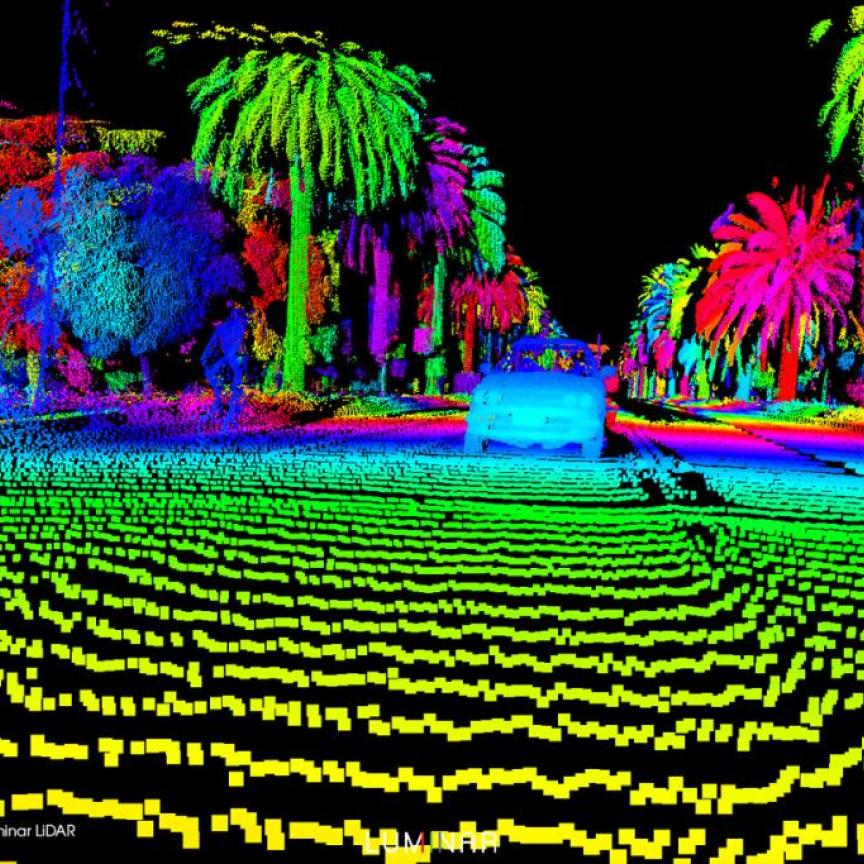Gooch & Housego has delivered an update on progress in research on using ZBLAN and Chalcogenide fibres for mid-IR fused devices, as part of the Minerva Project.
There have also been recent developments in chalcogenide fibres and the challenges this creates in building fused components in the mid-IR range.
The MINERVA (MId- to NEaR infrared spectroscopy for improVed medical diAgnostics) project is funded with €7.3 million under the European Commission’s Seventh Framework Programme (FP7-ICT) and runs until October 2016.
In recent years it has become clear that mid-IR imaging spectroscopy has the potential to open a new chapter in bio-medical imaging and offers an effective tool for early cancer diagnosis and improved survival rates.
Rather than a search for 'cancer marker' absorption peaks, great progress has been made by analysing the entire bio-molecular mid-IR spectral signature using automated algorithms.
However, Gooch & Housego says the lack of suitable sources, detectors and components has restricted the technology to one of academic interest, based on weak thermal sources, low power lasers or synchrotron research tools. For the first time the photonic technology is in place to develop a new mid-IR technology platform on which entirely novel supercontinuum sources (about 1000 times brighter than thermal sources) covering the whole range from 1.5 to 12 μm.
According to Nicholas Stone, professor of biomedical imaging and biosensing at the University of Exeter’s School of Physics: 'The field of vibrational spectroscopy applied to medicine is rapidly advancing and many groups have now demonstrated the capability of mid-infrared imaging to identify subtle disease specific changes in the molecular composition of tissues and cells.
'The MINERVA project will take this technique further by enabling it to be used much more rapidly; by developing bright IR sources and sensitive detector arrays we expect to be able to capture diagnostic images of unstained tissues and cells in a matter of seconds. In addition, clever data analysis methods will allow the image to be superimposed on each other and standard histopathology images of the same sample. The potential for revolutionising current methods of clinical diagnosis is huge.'

